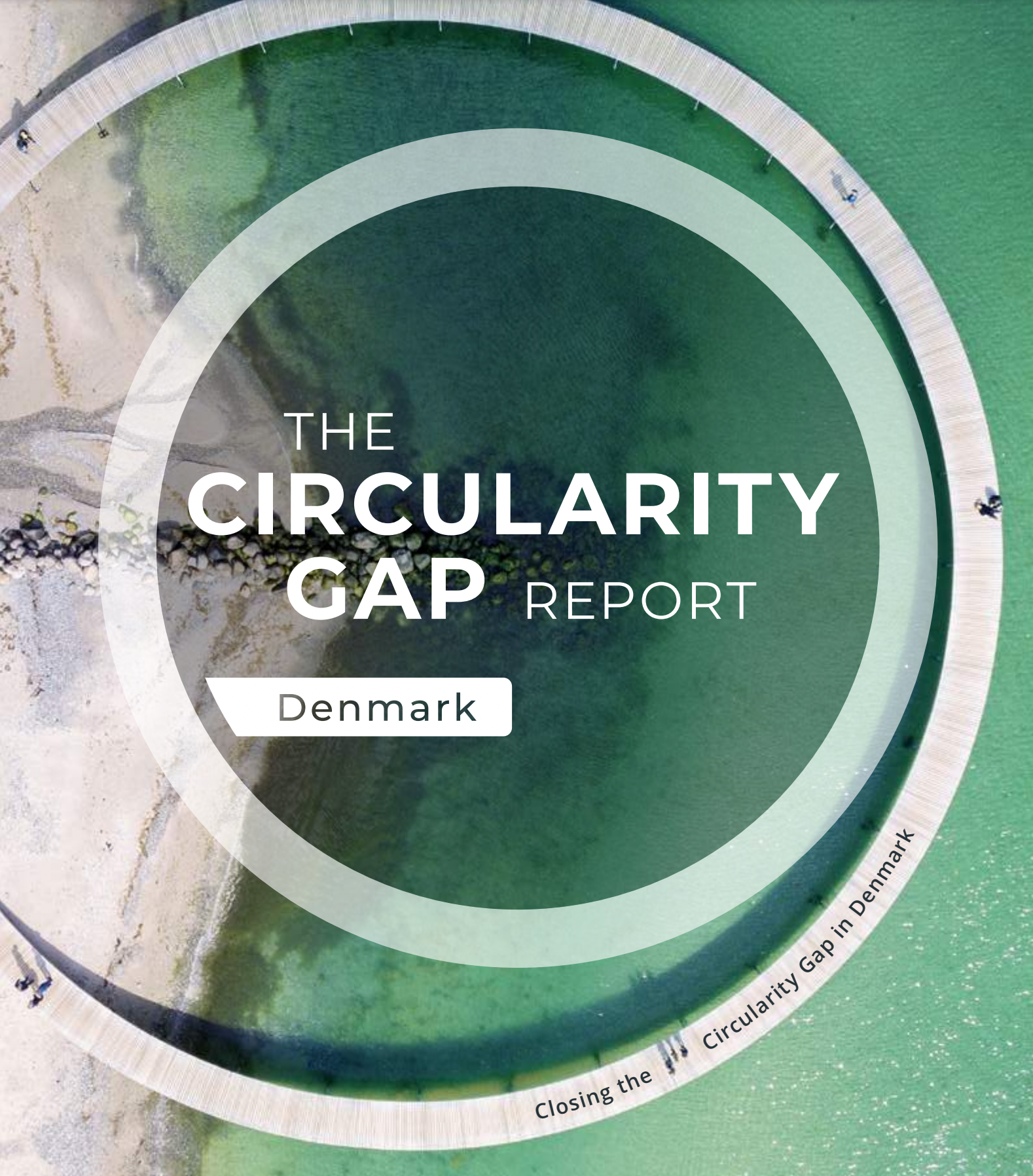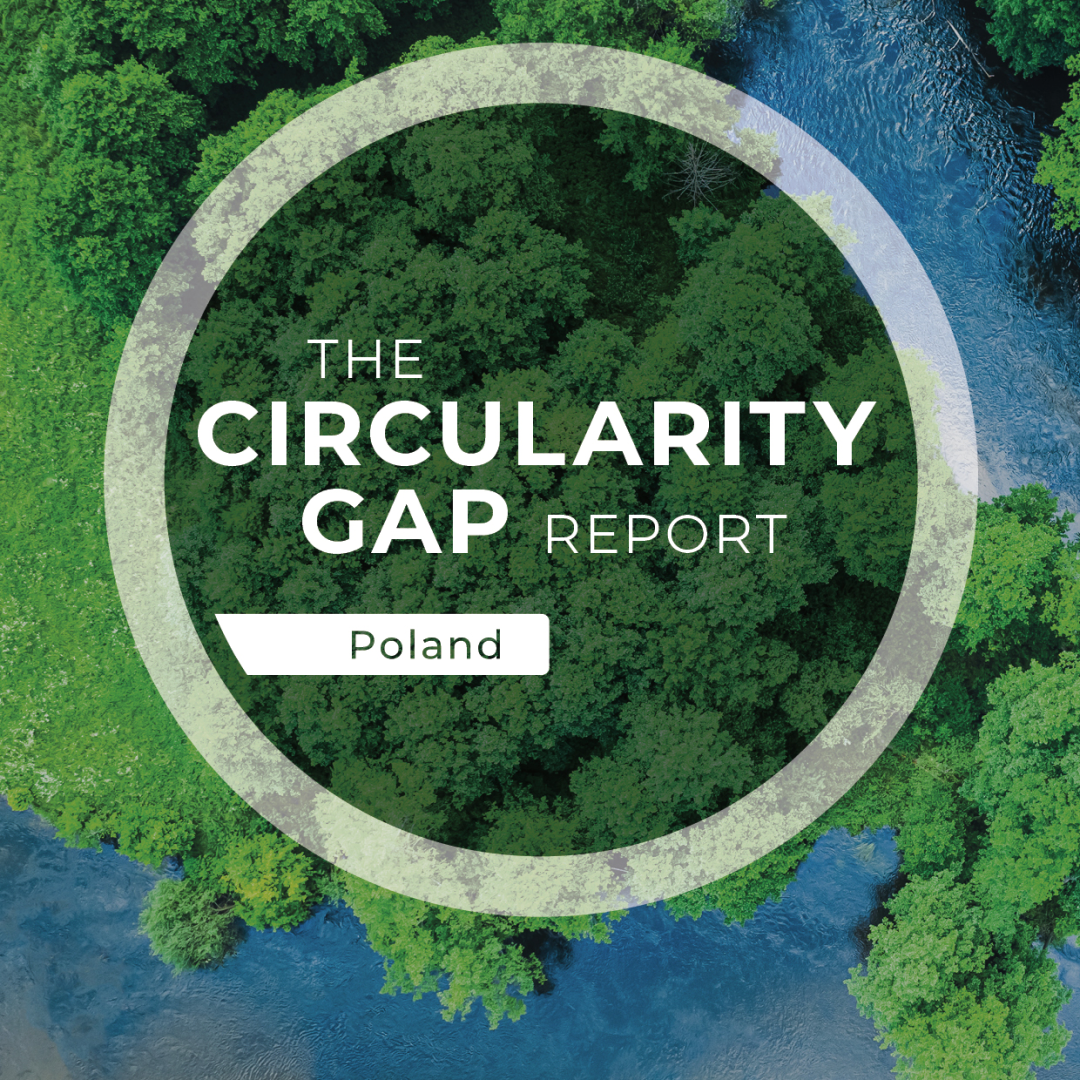News and articles
Denmark’s economy is 4 % circular
Denmark’s economy is only 4% circular. Joining the overall low circularity metrics of its Nordic neighbours. The newly launched Circularity Gap Report Denmark points out that this figure is defined by very high material consumption of 24.5 tonnes of virgin materials per person, per year—over twice the global average.
Poland is 10.2% Circular
A circular economy can help Poland reduce its material use by 40%, creating a more resilient and sustainable economy. The recently launched Circularity Gap Report Poland shows that Poland’s economy is 10.2% circular. However, the country is well poised to spearhead a circular transition with its track record of resilience.
Sweden’s economy is 3,4 % circular
RE:Source, a strategic innovation program, has just unveiled Sweden’s very first Circularity Gap Report. According to it, Swedes consume more than twice as many materials as the global average. By acting now, Sweden can reduce this material footprint by over 42%.



